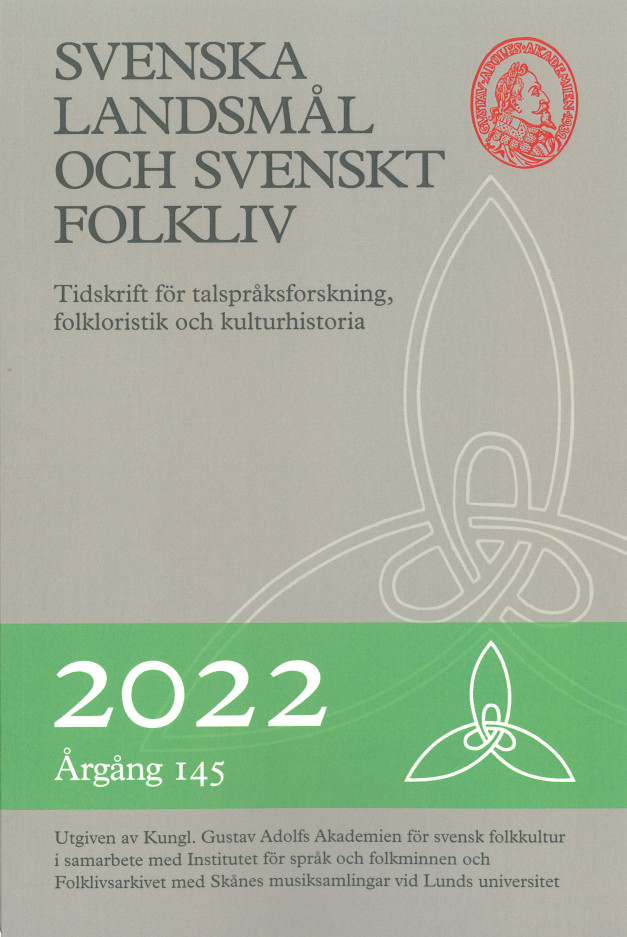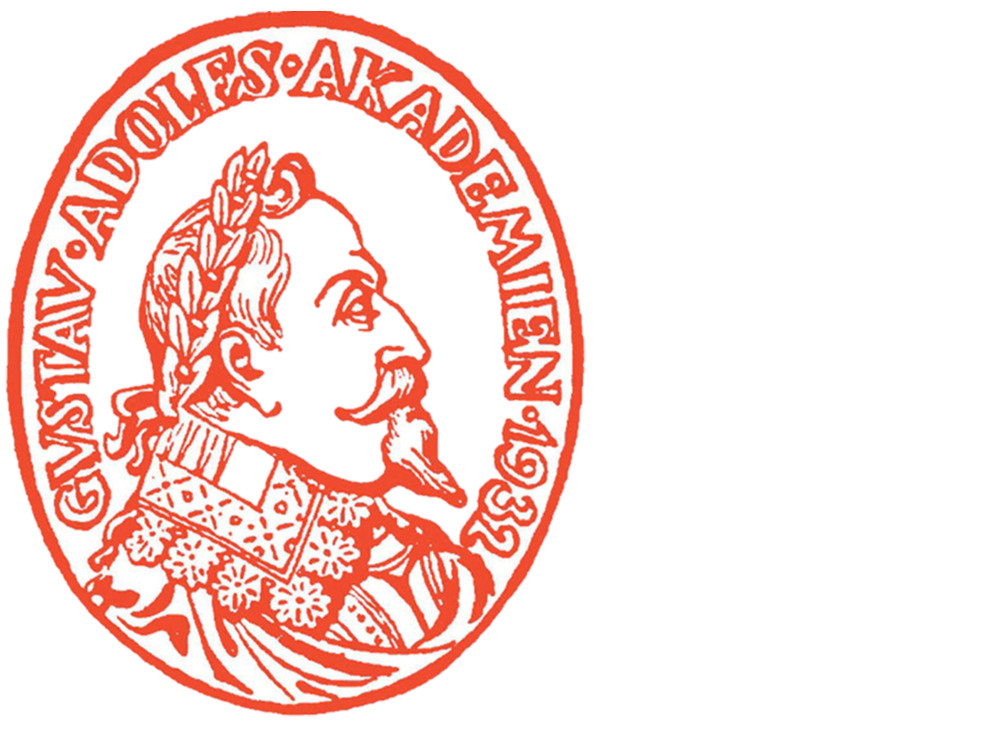Circular economy – a living and learning cultural heritage ?
DOI:
https://doi.org/10.69824/svlm.145.24061Keywords:
Circular economy, cultural heritage, sustainability, museums, ethnologyAbstract
In recent years, the term circular economy has become central in both research and politics. In most writings and policy documents, a circular economy is assumed to presuppose a break from previous habits and practices. Cultural and historical perspectives are often neglected, even though most preindustrial agriculture and food systems developed methods for the circulation and recycling of resources. This article aims to discuss whether circular economy can be considered a cultural heritage, and how a circular economy is manifested and made visible in cultural heritage institutions. The article is based on a study of Kulturen’s museums in Lund, southern Sweden, in particular Kulturens Östarp, an open-air museum with agricultural environments with a focus on the 19th century. The article draws on interviews and observations to describe how different dimensions of circular economy and sustainability are presented to visitors. Further, the article discusses potential directions for further development, namely the challenge of communicating the hidden knowledge condensed in artefacts, rituals, and proverbs to a generation of visitors that lack any experience of farming. The article concludes that Kulturens Östarp provides unique opportunities to facilitate learning of how the movement away from a local, circular economy to a linear, global economy took shape in a specific location.
Downloads
Published
How to Cite
Issue
Section
License
Content published in Swedish Dialects and Folk Traditions in the 2023 volume and subsequent volumes is published under the terms of the Creative Commons CC BY license, and the authors retain copyright to their works. The CC BY license allows use, downloading, distribution, linking to, and reproduction in any medium, provided the original work is correctly cited.




